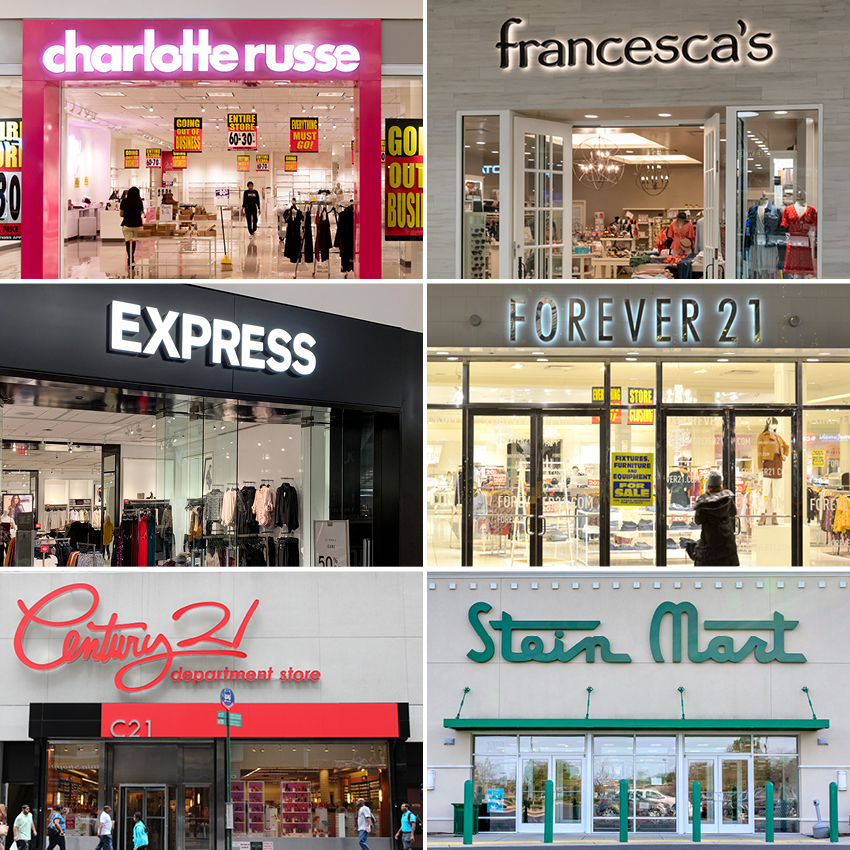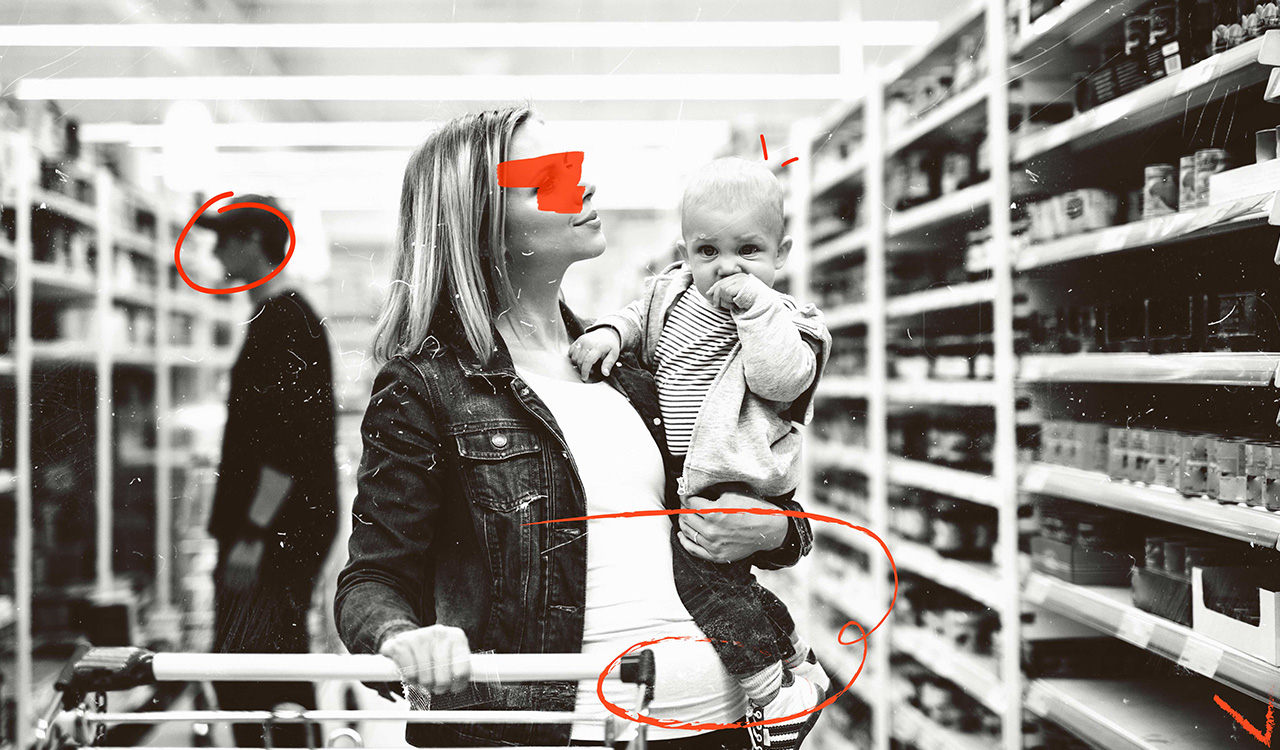Fast fashion was the trend that wouldn’t die. While consumers were concerned about product quality, as well as the environmental and ethical issues surrounding the apparel production process and lifespan of a single garment, the treasure hunt experience was still too enticing to for many to ignore. The pandemic has been called “The Great Accelerator.” This is especially true as it pertains to the fashion industry’s burgeoning moral compass, what consumers expect from the purchasing experience, and the attributes they look for from the products they buy.
Longevity is back in style, which doesn’t bode well for fast fashion. In fact, when discussing the impact of Covid-19 on the retail industry, Vogue editor Anna Wintour said, “the fashion industry will need to ‘slow down’ so that people can ‘enjoy it much more’ without always looking for the next new thing.”
Production Standstills Call for a Differentiated Value Proposition
Why does the industry need to slow down? Beyond the harsh realities of a cash-strapped economic landscape, coronavirus lockdowns dramatically halted apparel production. Brands are producing less clothing, stocking fewer items, and focusing on communicating the value of the limited number of products they have.
[callout]The pandemic has been called “The Great Accelerator.” This is especially true as it pertains to the fashion industry’s burgeoning moral compass, what consumers expect from the purchasing experience, and the attributes they look for from the products they buy.[/callout]
Partially staffed fast fashion retailers in particular are now struggling to find manufacturers that can produce clothing quickly enough to meet the demands of their still trend-thirsty customer base. The days when there was a mere six-week lag time from when styles were debuted on the runway to when they were sold to the masses for $10 a pop are long gone.
Fortunately for discount conglomerates like TJX, full-price brands experiencing a lag in physical sales due to lockdowns have plenty of apparel to send their trickle-down way. But retailers like Ross Store and T.J. Maxx were built for the physical shopping experience. They were some of the last discounters to build up an online presence and operated with the understanding their e-commerce presence was inferior to their physical stores.
The treasure hunt experience isn’t the same online, and those that are able to create a modicum of the same excitement with an intuitive app or website often do so at less exciting price-points than they’d be able to offer in-store. But TJX still has the advantage of carrying sought-out brands. U.S.-based fast-fashion only physical retailers, on the other hand, have no unique value proposition to differentiate them from the rock-bottom prices offered by international competition. In other words, why shop at Charlotte Russe when you can have a more exciting browsing experience online?
A lot of the brands that TJX carries can’t be sold as cheaply online, where customers can easily compare value pricing with the brand’s full-price line. I still have to go to a physical T.J. Maxx to get my Strivectin anti-aging cream for $20, for instance. And that attractive price point motivates me to hoof it to a brick-and-mortar T.J. Maxx –– so I’ll continue to do so until I can get my skincare products for that price on their website.
The Numbers Tell a Different Story
There has been a slew of fast-fashion bankruptcies and store closures. Charlotte Russe, Forever 21, Stein Mart, Express, JC Penney and Sears (which are essentially off-price at this point), and the lesser known Century 21 have all struggled recently. Off-price fashion retailer Francesca\’s is the latest to toe the edge. Francesca’s blamed its quarterly sales decline of 29 percent on pandemic-related supply-chain constraints. But the problem runs much deeper than temporary supply chain concerns.
Any retailer focused on survival alone ––rather than innovation –– will have difficulty in the days to come. Struggling retailers like Forever 21, Charlotte Russe, and the soon to be defunct Express tried to make a go of slinging cheap, low quality work and party girl apparel. Look around: how many companies have come and gone trying to do just this before “The Great Accelerator”?
You need to have exciting brands and/or exciting inventory in addition to low prices. Many off-price retailers don’t. But not everyone is hearing the death rattle of discount. How, then, do you explain analysts on RetailWire predicting that “the public will be looking for deals when the dust (from the pandemic) settles?” Why were TJX and Ross Store shares upgraded in April, at the same time that similar retailers were getting mowed down by the recession?
Simple. U.S.-based fast-fashion retailers can’t compete based on price alone. Because of this, they’ll have a hard time winning market share over international online retailers like SheIn that can sell unbranded products on the cheap(er). The only advantage that poor quality, bargain apparel retailers in the U.S. have is quick delivery, which will go out the window as international discount brands start building up distribution hubs in the U.S.
Slow Fashion – the Pendulum Swings Again
A “Hot Take” by NBC News reports, “The cruel paradox of fast fashion is that it makes clothing accessible to working class women through its reliance upon even poorer women to produce it.”
The bottom line? Fast fashion as a sector is widely incongruent with the ideals driving consumers today –– especially those cultivated during lockdown. It’s not only no longer cool to buy fast-fashion… it’s something
Consumers are ashamed of. This doesn’t mean cash-strapped consumers wont still hunt for discounts, they just won’t hunt at Francesca’s.
But enough talk about who’s not going to make it. Let’s talk about what’s next. Lyst’s sustainable fashion report for 2020 found that “slow fashion” has generated 90 million social impressions “suggesting the beginning of a shift in shopping behaviors.” Every fashion marketplace worth its salt has a resale or consciously made component. Even the morally dubious SheIn has an Eco Collection, although how exactly the featured products in the collection are “eco” is as unspecified as their manufacturing practices.
The online resale platform ThredUp has still seen 20 percent growth since shelter-in-place orders started. Lyst reports that the search for “vegan leather” increased 69 percent year-over-year. Searches for “upcycled fashion” have grown by 42 percent in just the last three months. #whomademy clothes is trending on Twitter and Instagram.
The zeitgeist driving consumers is reflective, proactive, and interconnected. And apparel that can be enjoyed over time is once again a lot more appealing than fashions meant to be photographed and tossed away.




